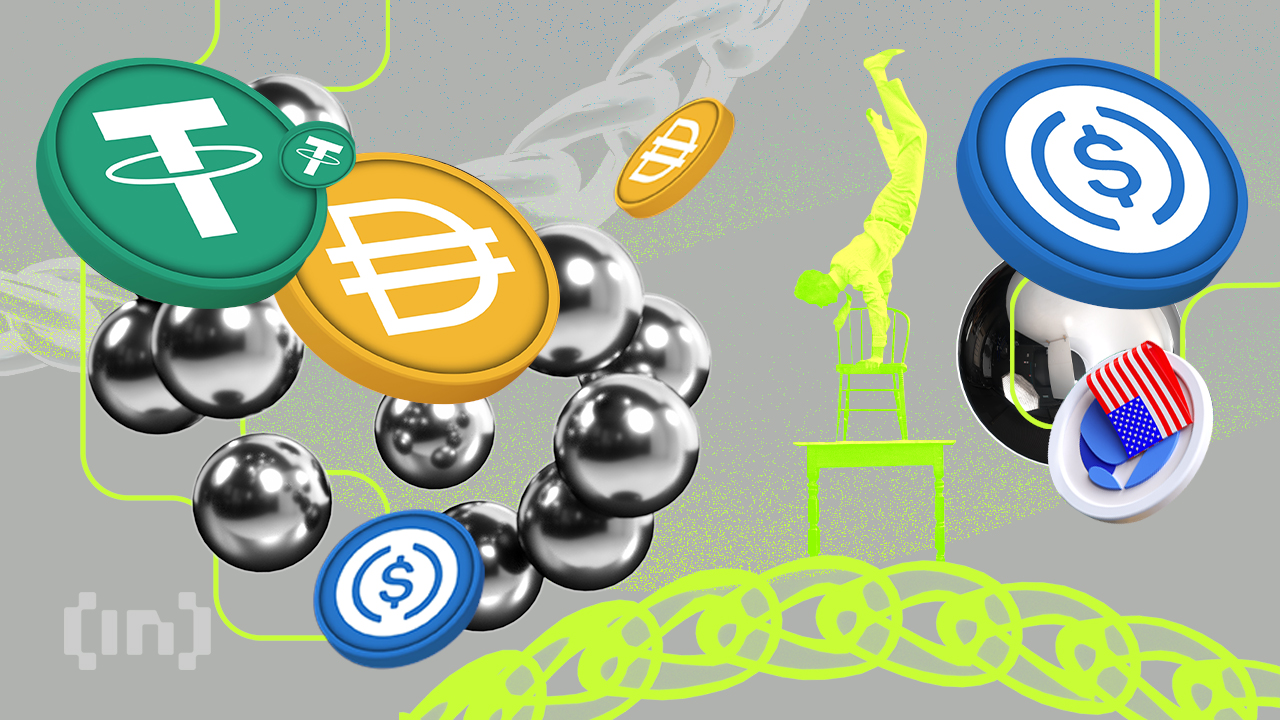The recent pronouncement from the U.S. Securities and Exchange Commission (SEC) concerning the regulation of stablecoins signals a pivotal moment in the cryptocurrency landscape. By designating certain stablecoins as “covered stablecoins,” the SEC has provided clarity in an area often clouded by uncertainty, potentially reshaping the future of digital currencies. These new regulations aim to enhance investor protection and ensure that stablecoins operate within a clear legal framework. As the SEC stablecoin regulations explained, this initiative could lead to increased trust among users and investors, fostering a safer environment for cryptocurrency transactions. Ultimately, this move could encourage institutional investment in the sector, as compliance with regulatory standards may make stablecoins more appealing to a broader audience.
Impact on the Crypto Community
Stablecoins like USDC can breathe a sigh of relief following these guidelines. The SEC clarified that provided these coins meet stringent requirements—namely a one-to-one backing with the U.S. dollar and support from highly liquid, low-risk assets—they will be classified separately from securities. David Sacks, a crypto policy advisor, expressed optimism, noting that this distinction may alleviate regulatory burdens for compliant issuers, effectively streamlining operations and encouraging broader adoption among consumers.
Tether’s Strategic Considerations
The situation is markedly different for Tether’s USDT, which faces potential challenges under these new guidelines. Although USDT has established itself as a leading stablecoin, its backing with Bitcoin and gold raises questions about its compliance with SEC standards. As indicated by crypto-analyst Novacula Occami, this may place USDT within the realm of securities law, hindering its availability in the U.S. market.
In light of these regulations, Tether is reportedly contemplating the launch of a new stablecoin fully backed by cash and U.S. treasury bonds. Such a strategic pivot would not only represent a shift for Tether but could also signal a broader trend in the stablecoin sector that favors compliance and regulatory clarity.
Industry Reactions
The crypto industry’s response to the SEC’s announcement has been mixed. While some welcome the clarity as a way to foster growth and adherence to regulations, others, such as SEC commissioner Caroline Crenshaw, express concern that the guidelines may downplay risks and oversimplify complex legal issues within the stablecoin market. Crenshaw’s comments suggest that a nuanced understanding of the landscape is necessary to address the potential pitfalls the industry faces.
Despite these mixed feelings, data from IntoTheBlock indicates that the stablecoin market has experienced significant growth, amassing over $30 billion in value despite challenges in the broader cryptocurrency sector. This resilience may point to a growing acceptance of stablecoins in daily transactions, offering essential services like value transfer and storage.
Looking Ahead
As stablecoins continue to gain traction, the SEC’s clear categorization of covered stablecoins could pave new paths for innovation while ensuring compliance with federal regulations. For the community, this may mean more secure, reliable options for transaction processes. Tether’s potential shifts in strategy, combined with ongoing industry debates over risk and regulation, underline how dynamic and evolving the crypto landscape remains. The outcomes of these developments could significantly impact consumer safety and market viability in the coming years.



